|
We have collected several blue tegu egg clutches this year thus far. This is just an example of one of our females right before laying her eggs. As always I’m very excited to see the babies of our blue breeders. We paired some awesome looking blues together this season.
Several tegu clutches have been collected so far and we are very excited to see what these pairings will bring. Blues, Hybrids, Blue Crosses, Albinos and all mixed between is what we have so far.
Spoiled tegus fed whole ground up quail. They absolutely love quail meat over any other meat in my observed opinion. Their appetite seems satisfied for a longer period of time.
After feeding some meat mix, I took some close up pictures of the tegus - most still had their mouths' full.
After some heavy rain I went out to collect some blue tegu eggs. I have several clutches still incubating and am excited (though a little surprised) to keep collecting eggs from my females. As I've mentioned before, this season is a little "off" in terms of timing.
A few people have asked for pics of blues and the breeders. Here are some current pics of most of our breeders for this years blue babies. Please feel free to look at the other photos on the site for previous pics of our blue line. If you have any other questions or to purchase a baby blue please email us at: [email protected].
I have a great Canon camera though I am not such a great operator. I was attempting to capture actual colors present in natural lighting varying from sunny to cloudy. Most of the time I snap the photo and am immediately disappointed at the lack of representation of the animal on the camera whether that is on my Canon or iPhone. I think these came close to what I saw in person for these tegus. I'll have to keep working on my photography skills.
During this breeding season, I planned to try to breed some hybrids we produced in the past to some blues to see if this brings out any highlights. The diversity I have seen with the hybrids has been very interesting. For example the female hybrid mating the blue male is from the same clutch as the hybrid male mating the albino blue female. I kept them back because of how unique they were. Hopefully these pairings prove out and it would be very exciting to see how the babies develop. In my opinion this is the best part of breeding: picking some animals with very nice characteristics and seeing if those genes carry on to the offspring.
Since the SIM incubator tubs I'm using this year are larger then the standard 16 quart ones, I had to get a third incubator. My two natures spirit were not wide enough to fit several tubs on a shelf and are currently full. This scientific precision incubator was purchased used off eBay and works great. The only negative would be that it weighs in at 300 pounds. The double door is a pretty cool feature which allows you to quickly take a look without having to open all the way and lower the temperature. Currently this is not even half full as you can double up on each row. It's been running for over two months but the true test will be if these eggs hatch.
Did some work this weekend to complete some of the new outdoor tegu cages I was working on. I use welded wire for the flooring and roof. I then use 2x12 for the sides and to divide the cages. Also the left over 2x12 pieces I used to build the hides. Corrugated plastic roof panels are used for the walls. This setup seems to work quite well as they can't climb the sides but some light still passes through the tinted plastic. I moved in a few new residents, albino blue tegus.
We have had a fairly mild winter compared to last year and some tegus didn't burrow down as deep as I would like with many coming out to bask on these cold days. The ones that haven't burrowed themselves down will be brought in to the garage tonight since by morning temperatures are expected to get down to 36 degrees. I have added additional hay, mulch and have covered the hide entrances but I'd rather not take the risk with these blue tegus.
I had some branches chopped, so I figured it would make great mulch bedding for the cages. Especially at this time of the year that they are starting to push the bedding in to their hides to prepare for brumation. I try to throw the mulch as close to the hide entrance as I can to make it easier for them to guide it in. I had some help from my mother-in-law, and we enjoyed the wonderful day. I will be adding some hay to all the cages very soon as well.
Here are two of some T positive blue albino tegus we produced this year. The dark pigment is very present and it's a nice contrast with those red eyes. After producing quite a few albinos this year, it's very cool to see all the variations even within albinism.
|
Hector's Habitat
|


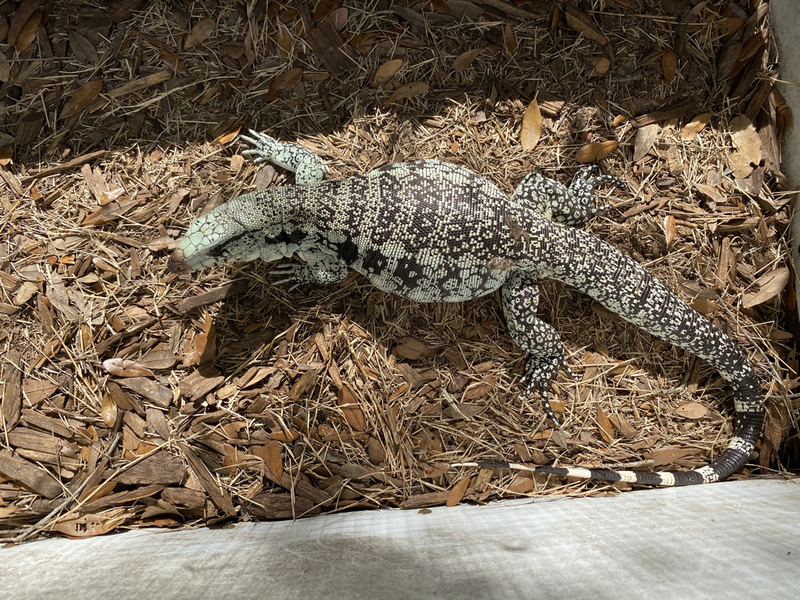
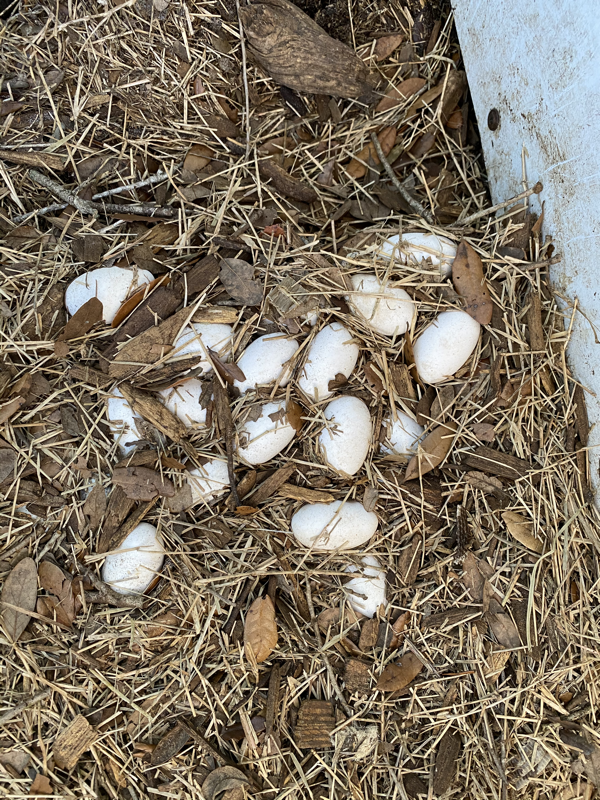
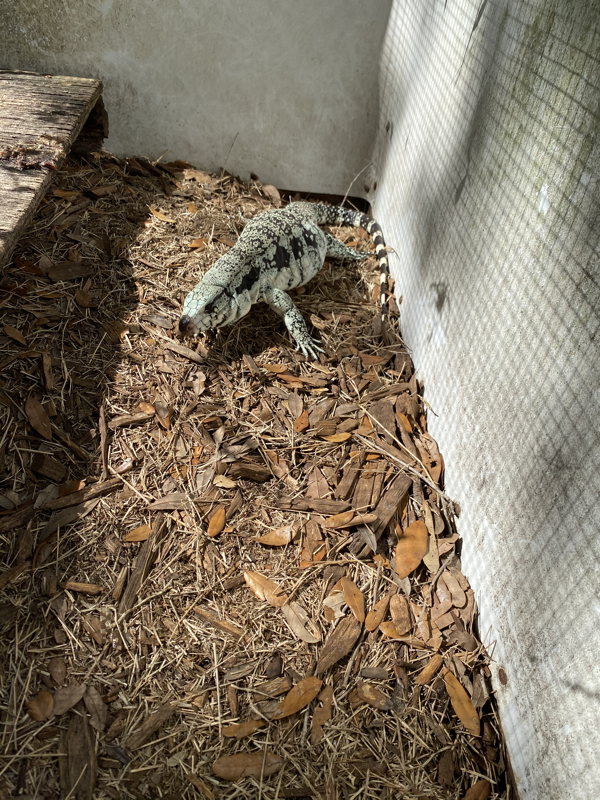
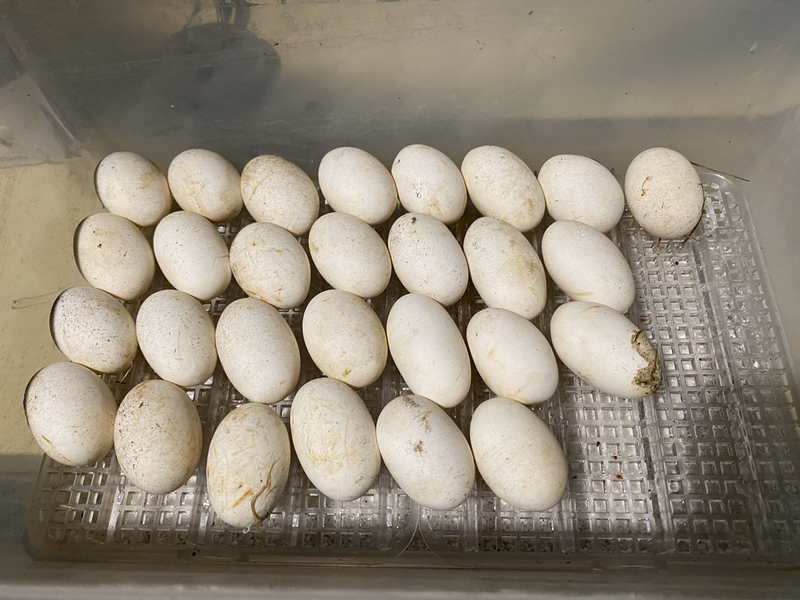
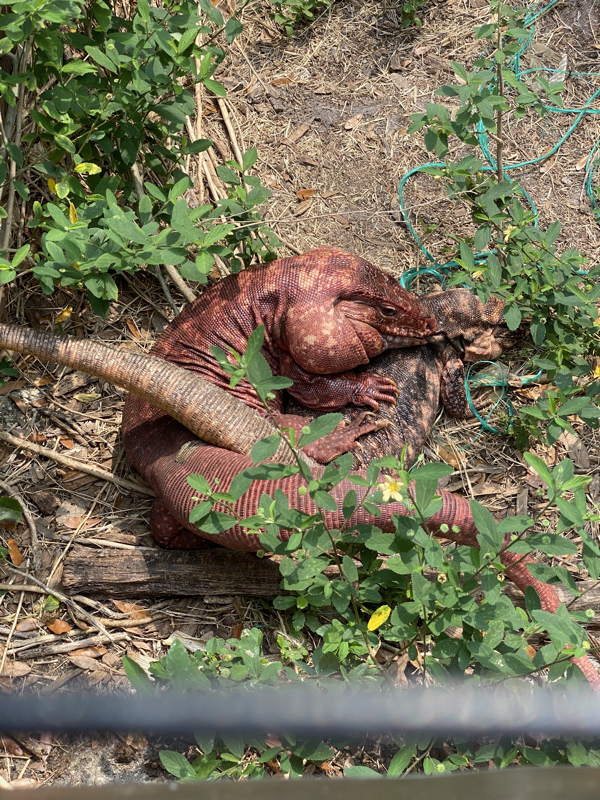
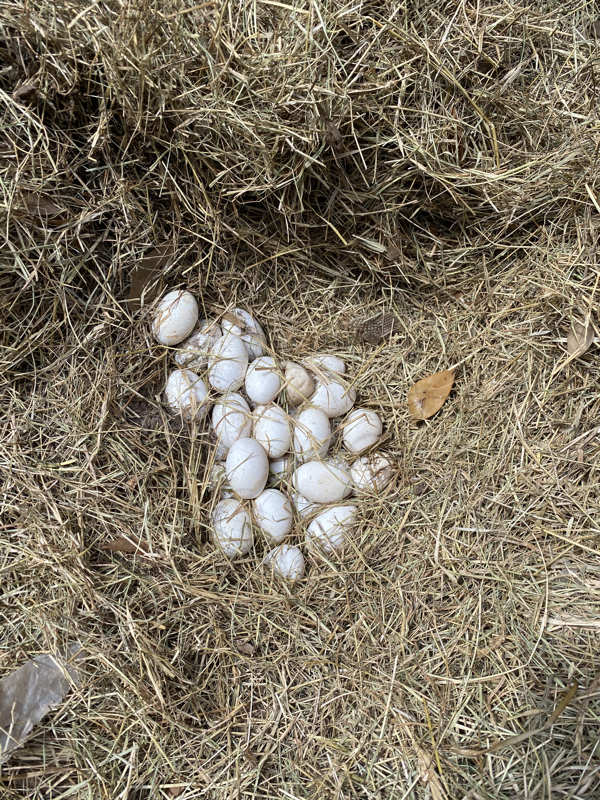
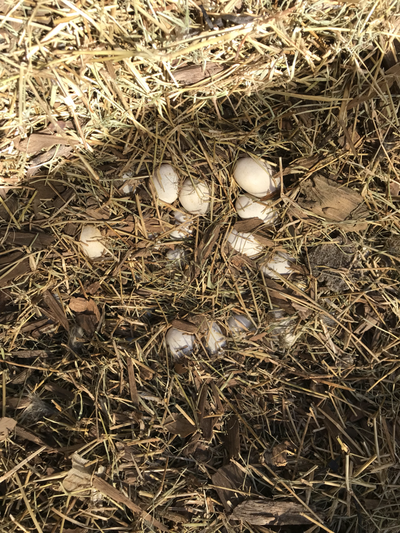
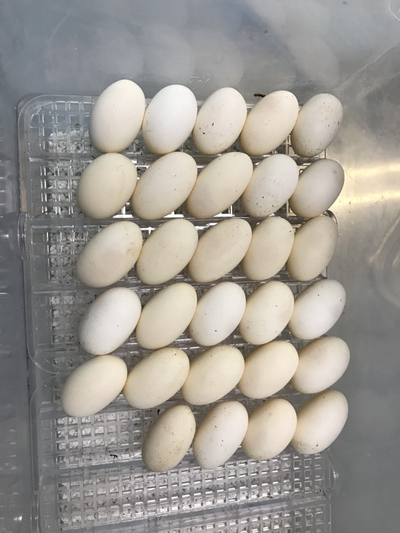
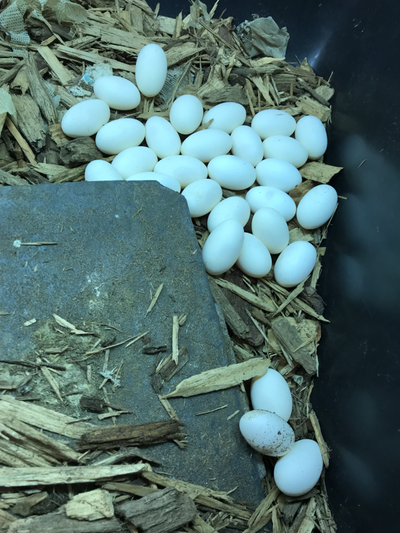
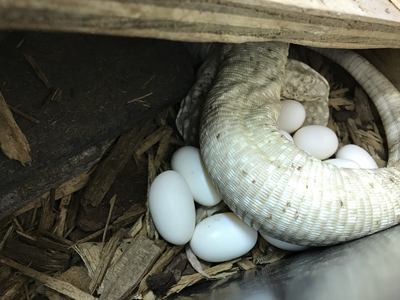
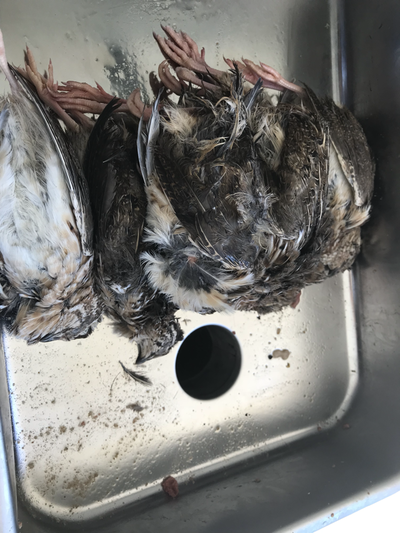
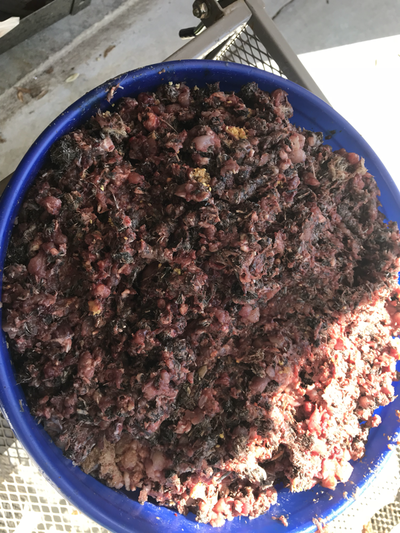
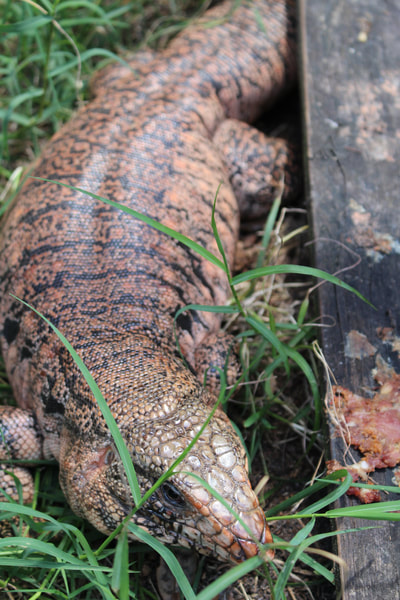
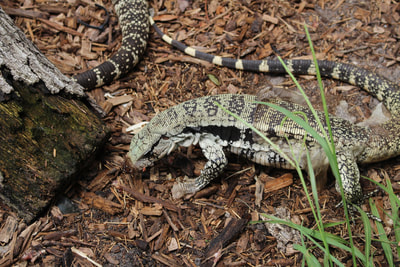
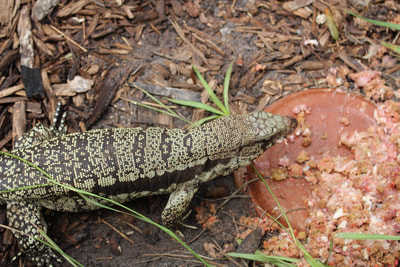
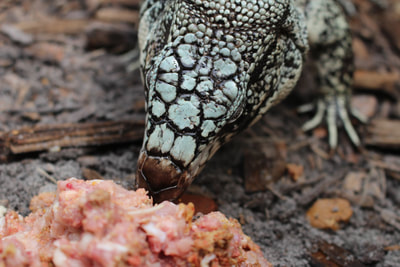
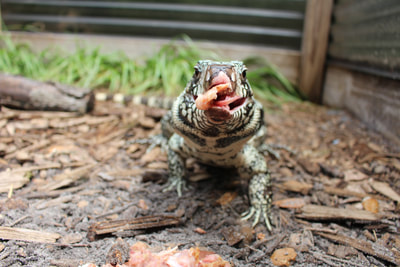
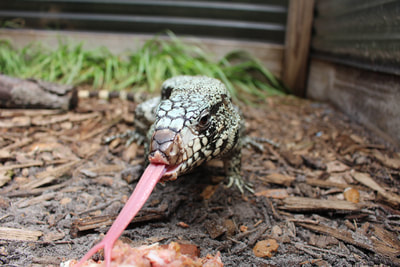
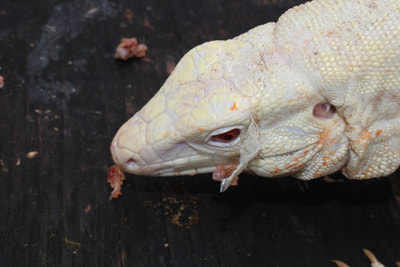
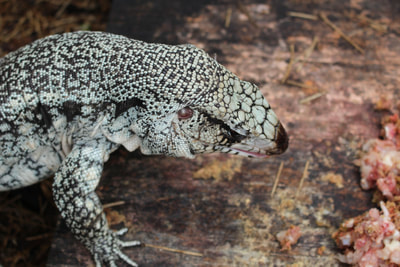
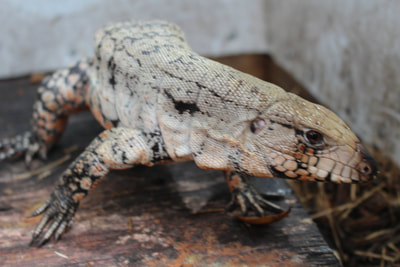
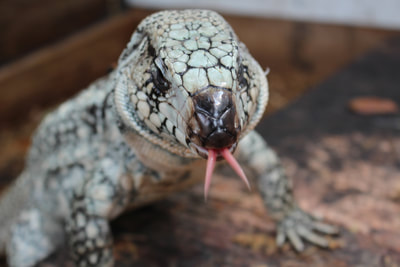
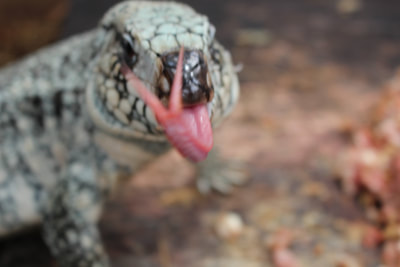
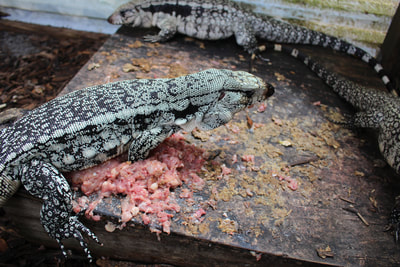
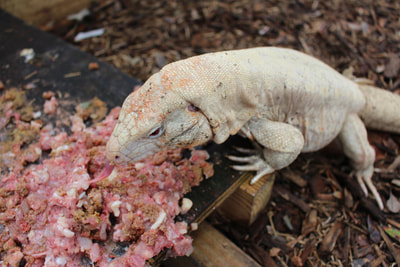
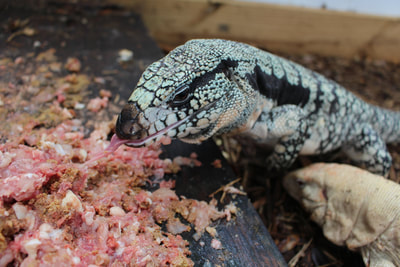
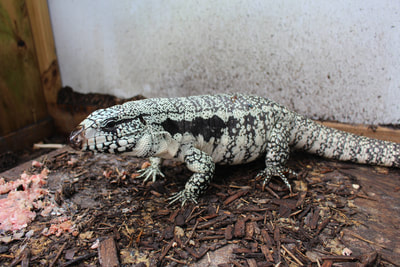
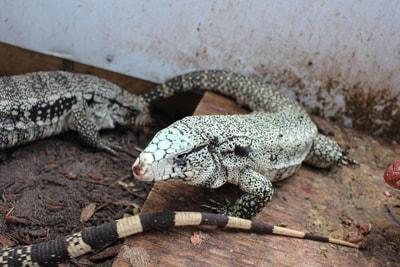
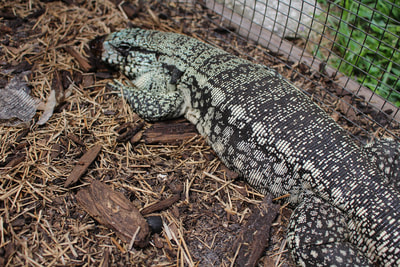
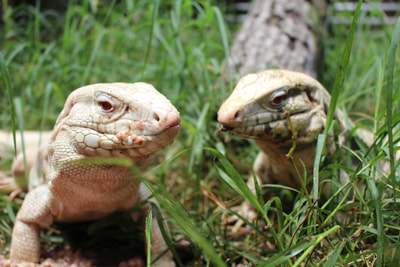
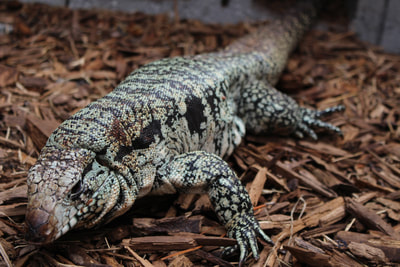

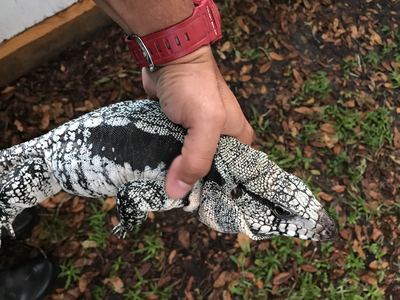
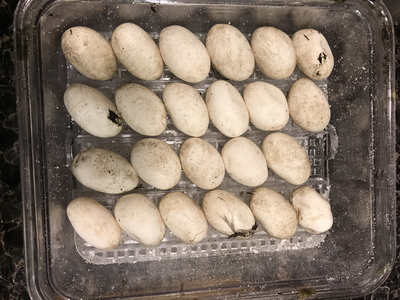
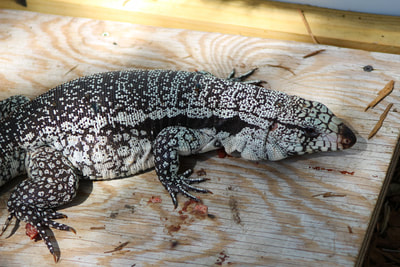
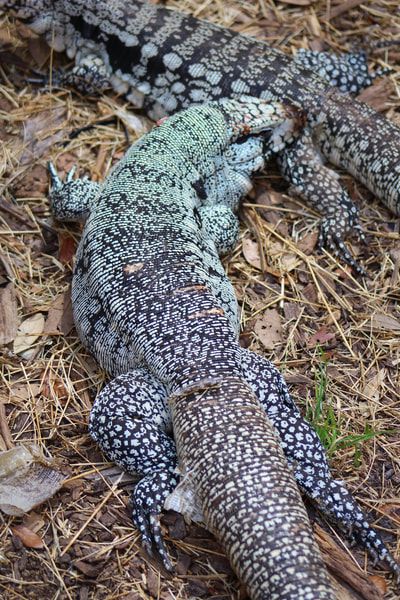
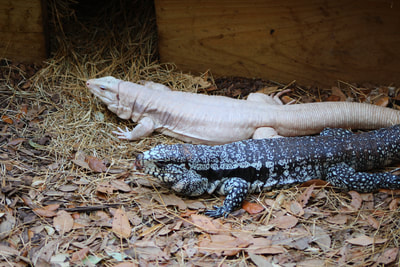
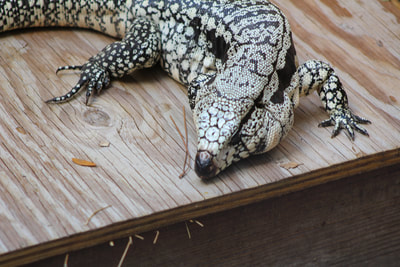
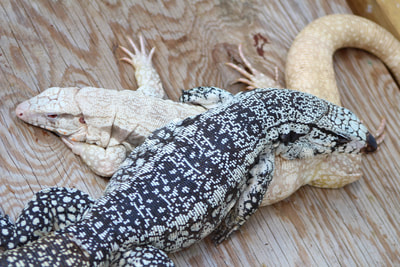
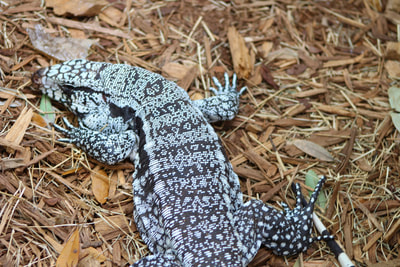
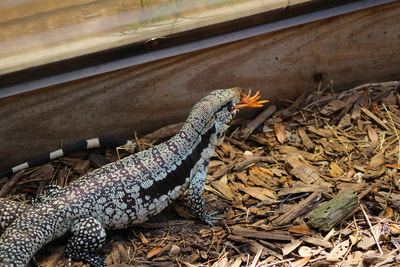
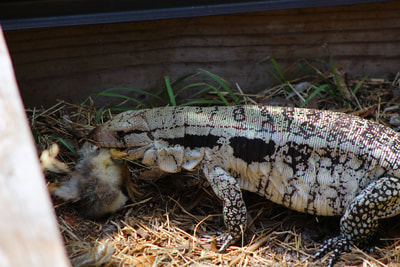
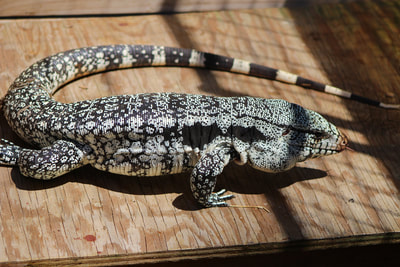
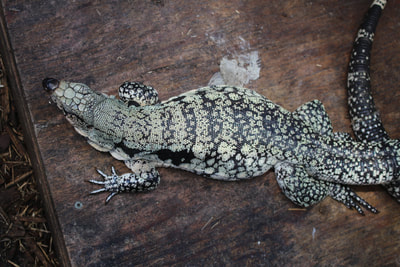
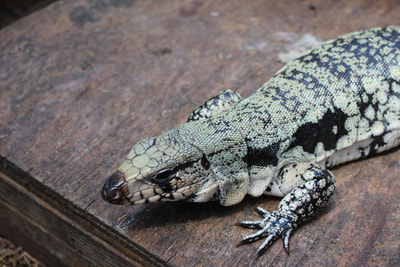
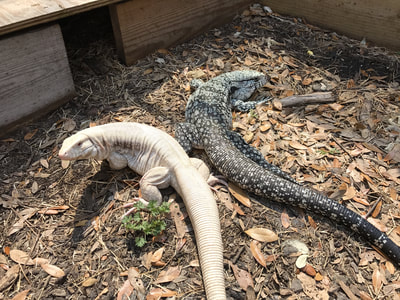
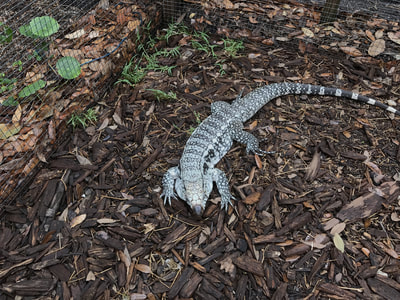
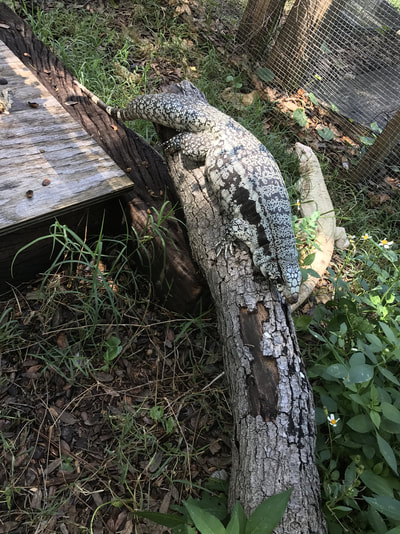
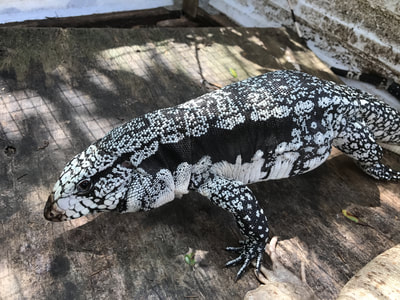
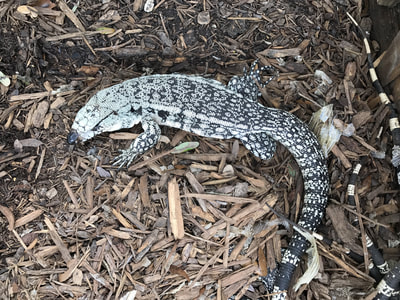
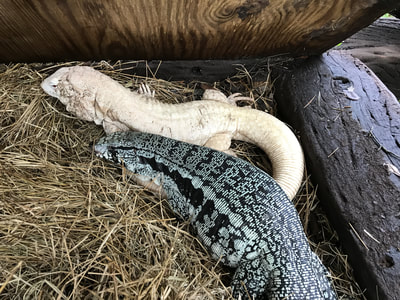
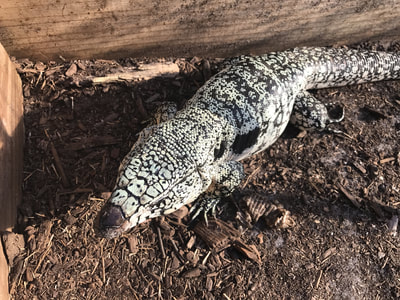
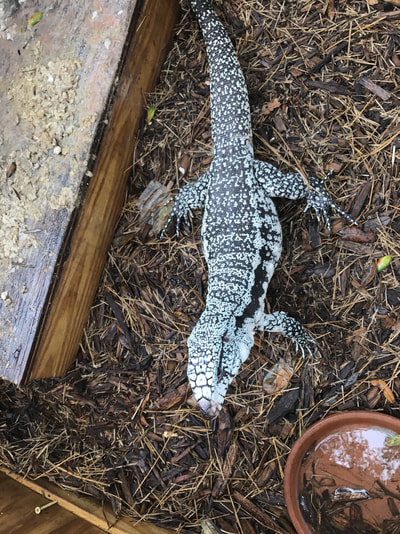
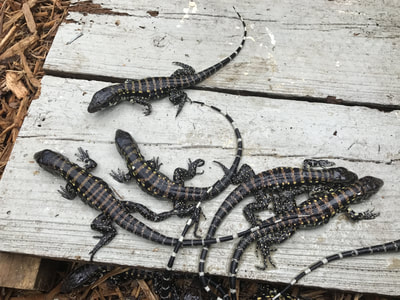
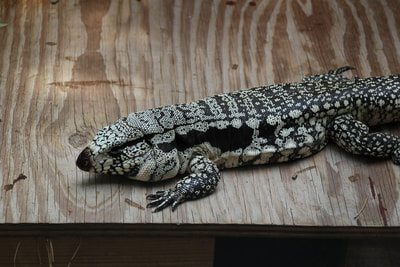
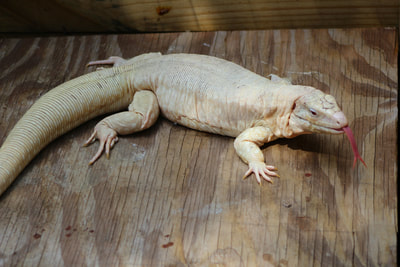
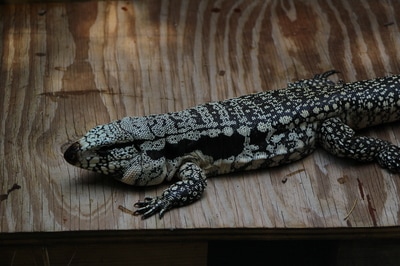
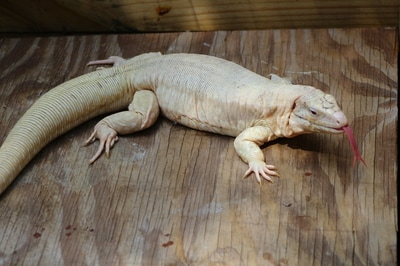
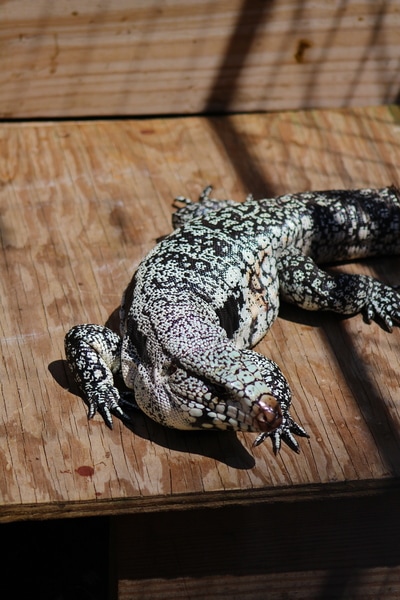
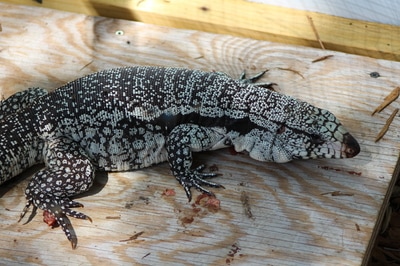
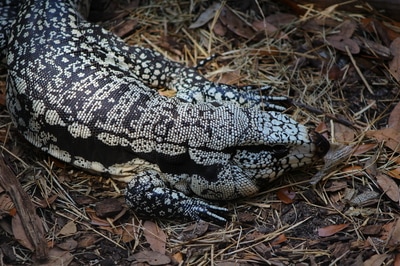
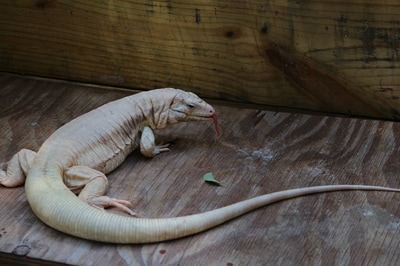
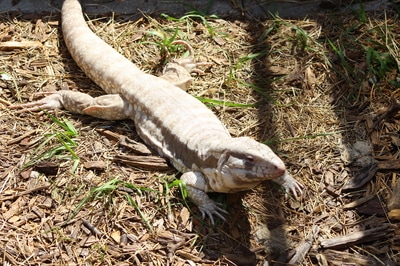
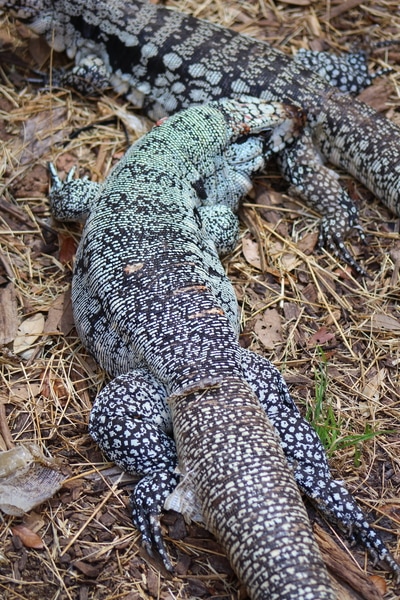
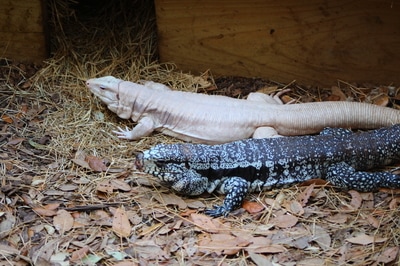
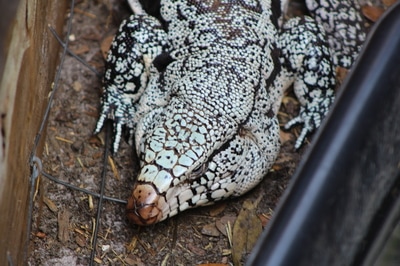
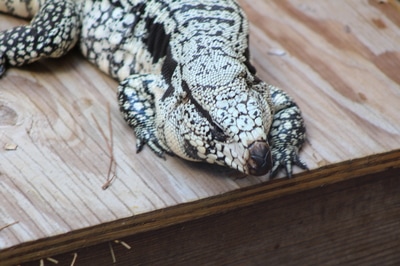
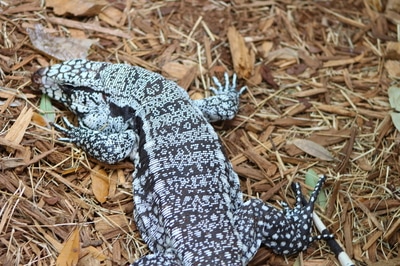
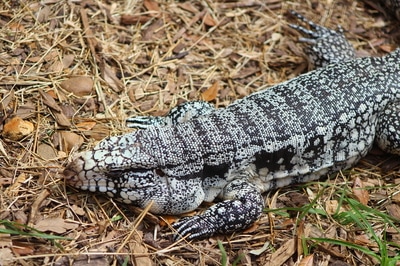
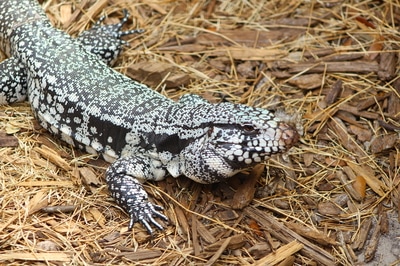
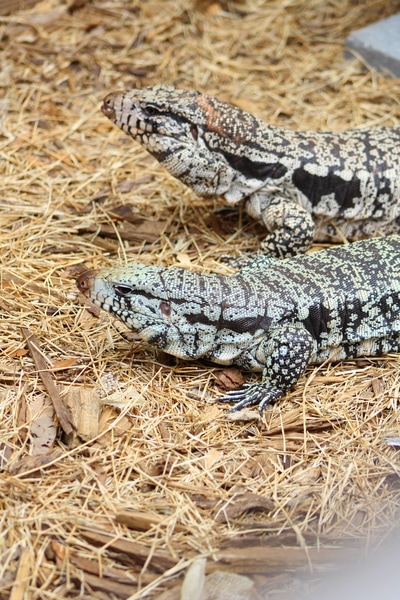
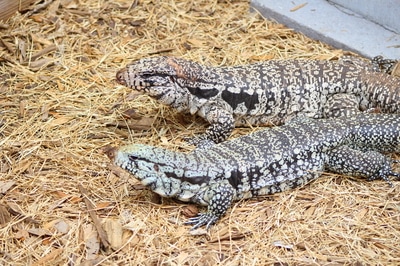
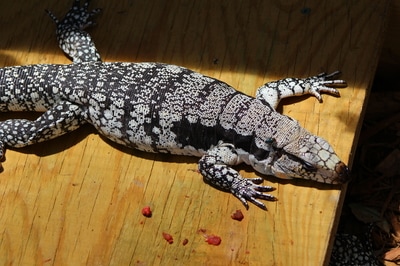
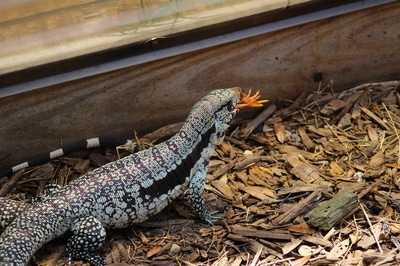
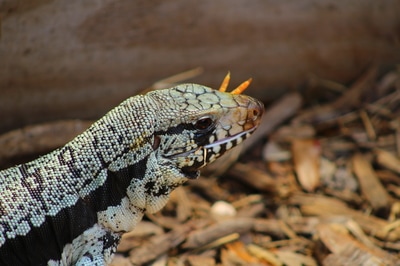
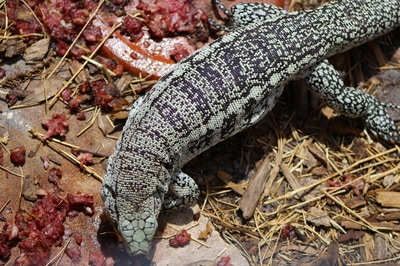
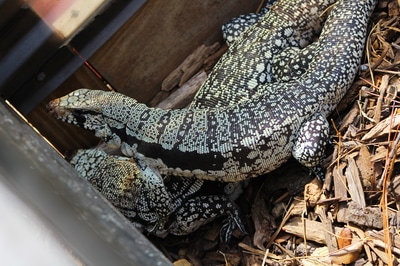
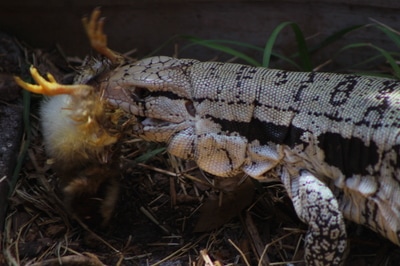

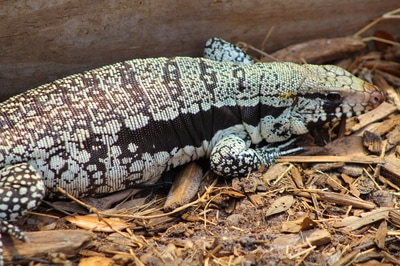
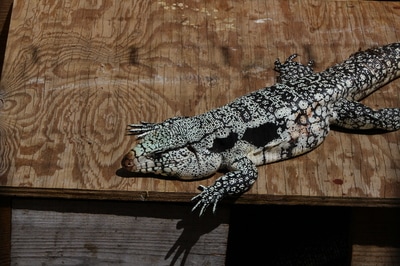
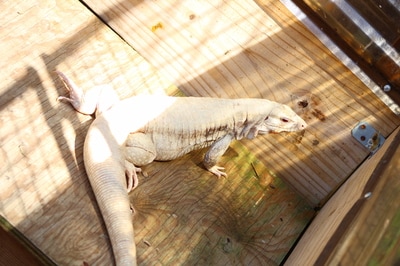
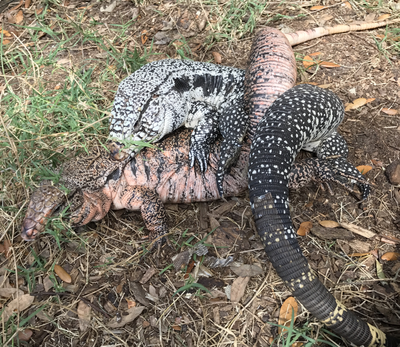
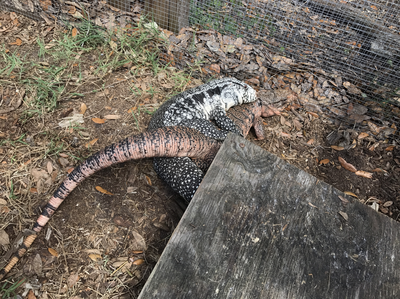
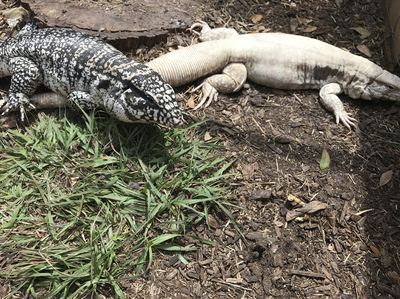
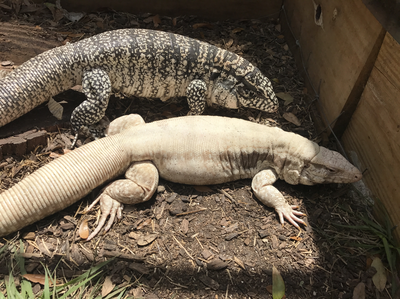
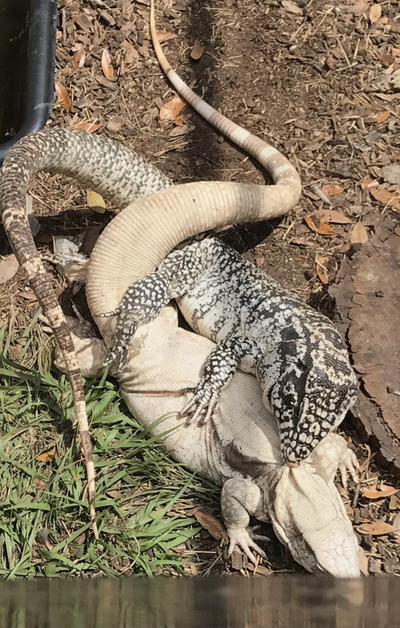
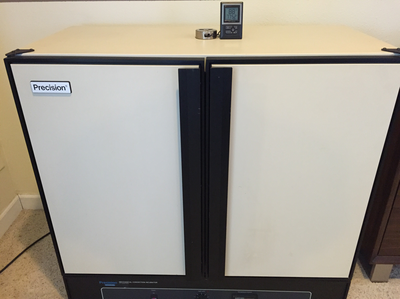
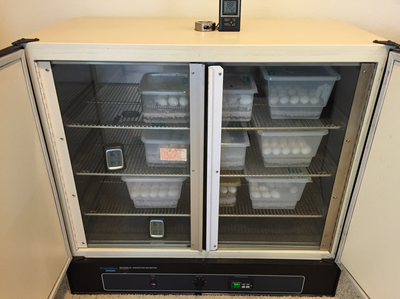
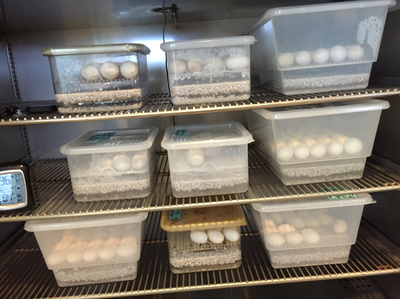
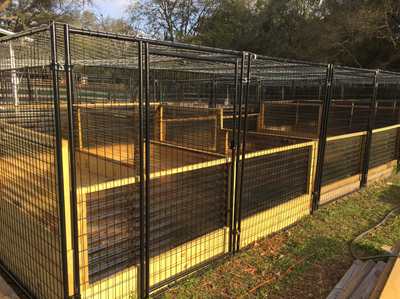
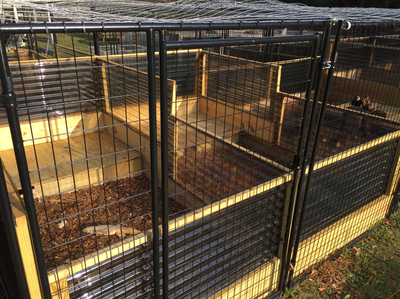
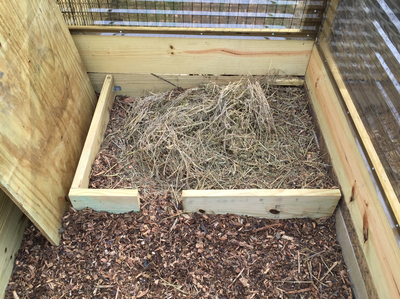
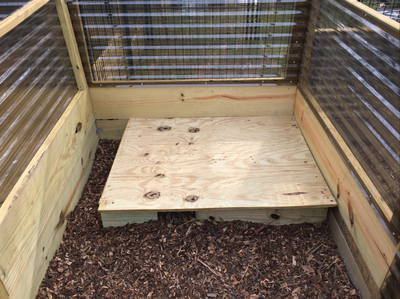


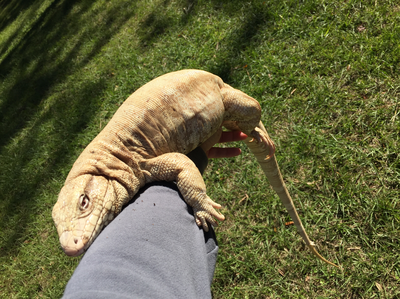
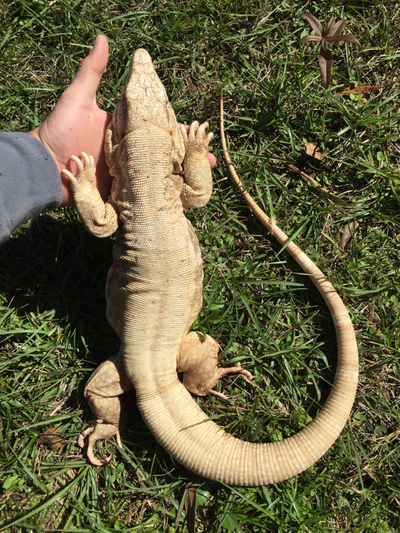
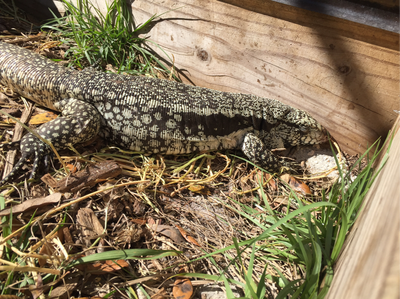
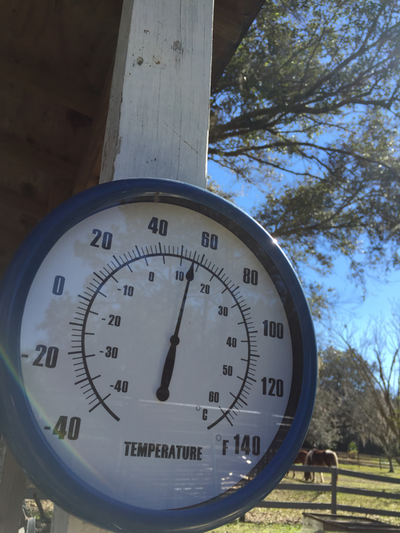
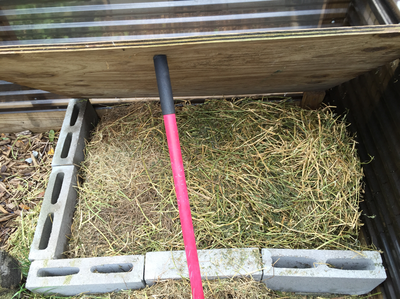
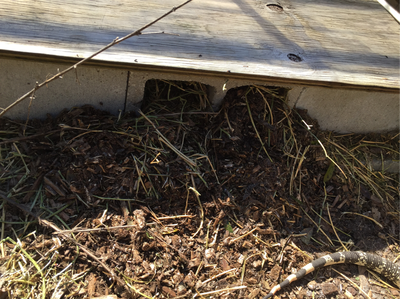
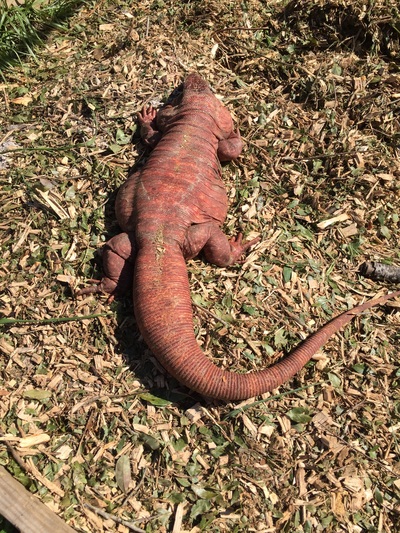
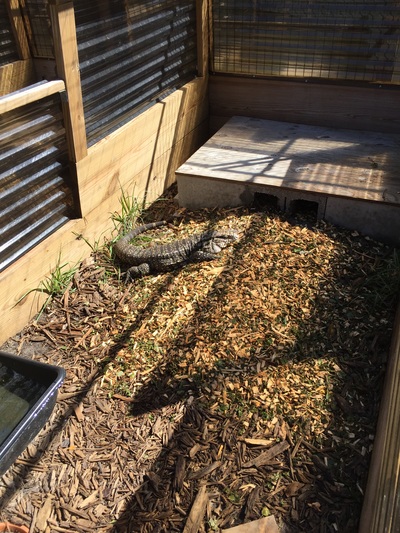
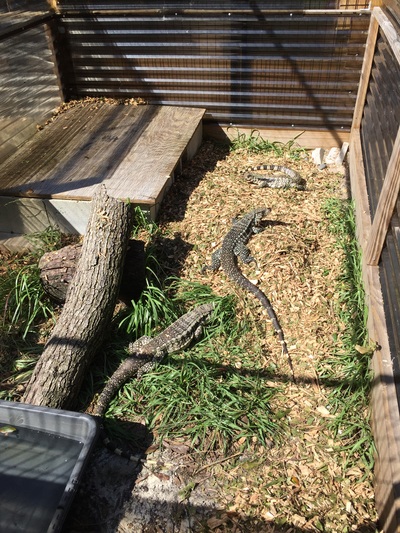
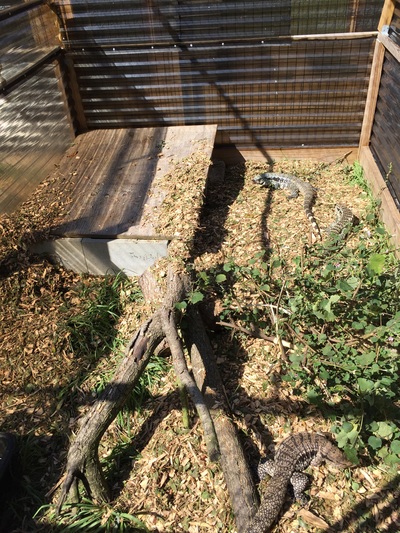
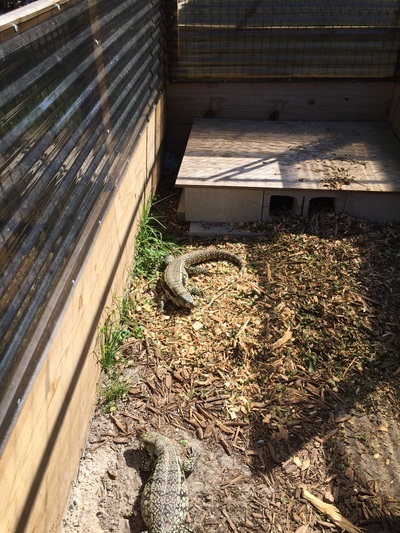
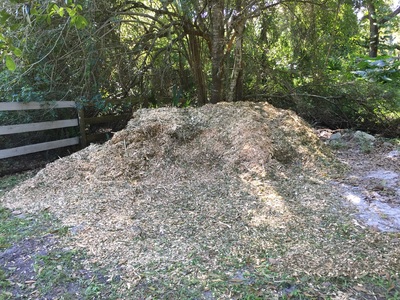
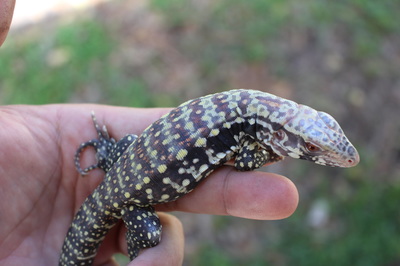
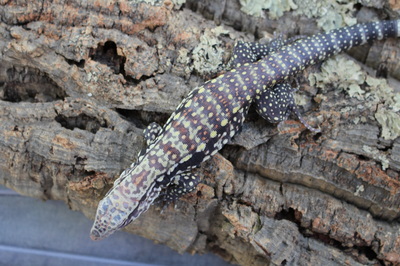
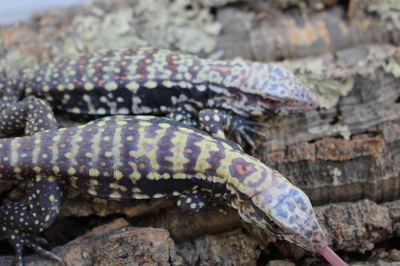
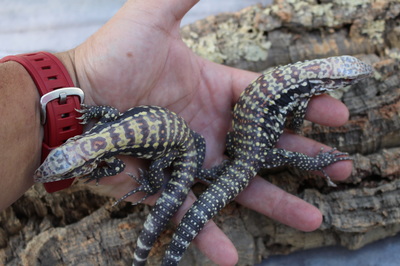
 RSS Feed
RSS Feed